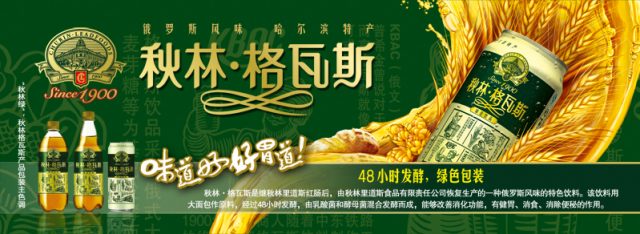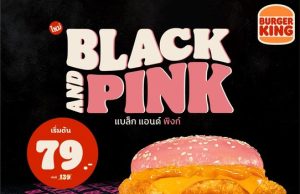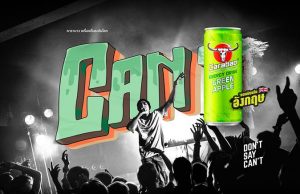The recent IPO application of the Chinese kvass maker Harbin Qiulin Beverage Technology Co., Ltd. (哈尔滨秋林饮料科技 股份有限公司) on the Chinese third board NEEQ shows how the kvass market has fallen from grace. Qiulin is primarily a kvass maker. Kvass is a traditional Slavic and Baltic fermented beverage commonly made from black or regular rye bread.
The Harbin-based Qiulin is China’s oldest kvass maker. Kvass is consumed in northeast China, mainly in Heilongjiang province, thanks to the heavy Russian influence in the early 20th century. In fact the company name Churin or Qiulin in Mandarin comes from Ivan Churin, a Russian merchant who first started producing Kvass in Harbin in 1900 during the Tsarist period.
 |
| Wahaha Kvass |
Kvass suddenly became popular in 2013 when the nation’s biggest beverage company Wahaha launched its own version of kvass called Wahaha Kvass at the end of 2012. From an obscure drink in the northeast of China, kvass, thanks to the strong distribution reach of Wahaha, has penetrated deep into different parts of the country including into Xinjiang. The author was in Turpan, Xinjiang in 2013 and was able to buy Wahaha kvass there.
Wahaha had lofty ambition of turning kvass into a multi billion business. According to media report, the company’s kvass sales reached CNY 1 billion in the first six months of 2013 with a full year 2013 advertising budget of CNY 500 million. This is a classic example of an advertising-led sales.
 |
| Wahaha Kvass sponsoring famous singing contest |
After two years, news report mentioned sales have tapered off with some saying kvass is now ‘dead.’ Wahaha would only produce if there is an order, said a company official. Kvass competes mainly with carbonated soft drinks, a category that is losing out to other ‘healthier’ drinks. Moreover, kvass is an acquired taste. Either you like it or you don’t. It was also priced at a premium. In 2013, a 420ml Qiulin kvass sold for CNY4. In contrast, a 500ml Coke was only selling for CNY2.50. The party ended once the advertising-led frenzy fizzed off as it was not sustainable. Wahaha Kvass was a sponsor of the hugely popular Hunan TV “I am a Singer” contest in 2013.
| Compiled from Harbin Qiulin Beverage Technology IPO prospectus |
An analysis of the financials of Harbin Qiulin Beverage Technology shows the company saw a big drop in revenue in 2014, down by nearly 50%. This shows the industry was falling off the cliff after a big jump in sales in 2013.
| Compiled from Harbin Qiulin Beverage Technology IPO prospectus |
Heavy investment in advertising and promotion in 2014 has generally failed to spur sales. The company deployed its marketing spending to promote its products in the southern and northern regions, a region still new to kvass. Despite spending huge amount of money to cultivate new markets, Qiulin failed to reap rewards.
In 2015, the company came to its senses and changed its strategy to concentrate on the home market in Heilongjiang province, thus resulting in lower advertising and promotion spending. Focusing on Heilongjiang is a more prudent move to put the company on a sustainable path.
| Compiled from Harbin Qiulin Beverage Technology IPO prospectus |
Inventory level has also reduced from a high of CNY20 million at the end of 2014 to CNY13.2 million at the end of the first four months of 2015.
Kvass sudden rise to glory and back to reality shows how short fad lasts in the Chinese beverage sector. Companies have to be ready to come up with another blockbuster product and only the early bird(s) get the worms.












